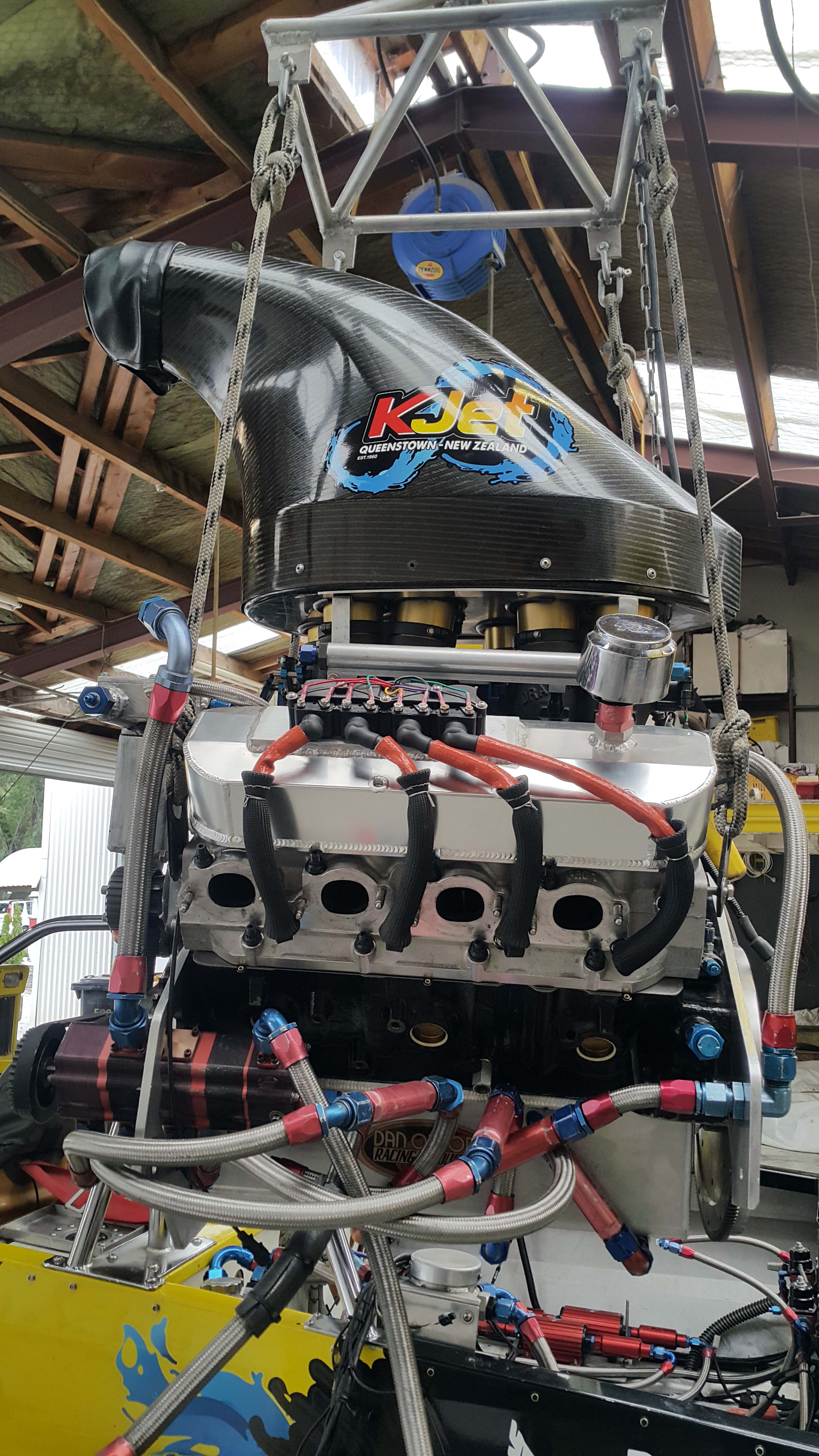March 11, 2019
Always wanted to know how a Jet Boat works?
In the 1950’s in New Zealand, a Kiwi by the name of Sir William (Bill) Hamilton, developed the Hamilton Jet unit. The founders of KJet, the Melhop Brothers, owned an Invercargill engineering business which was an agency for the revolutionary Hamilton Jet boats. The pair made the first Jet-powered navigation of the Kawarau Falls Dam in 1958, and KJet was born.
In 1951, Hamilton revisited an earlier idea of creating a boat that could navigate the shallow rivers near Irishman Creek Station near Tekapo, New Zealand. Initial designs used a retractable marine propeller, which was unsuccessful. In 1954, he constructed his first Jet unit using a centrifugal pump driven by a bevel gear, attached to a plywood boat that was powered by a Ford engine.
The idea was further refined when Bill enlisted the services of engineer George Davison, and the pair made rapid advances in waterjet propulsion.
The Jet unit allows water crafts to travel across shallow water by using the power of waterjet propulsion. A waterjet works by generating a propulsive thrust, created when water is forced or ‘sucked in’ to the Jet unit and forced out, propelling the boat forward.
This differs from a normal motor boat, where a propeller is attached to the stern of the boat, requiring a deeper amount of water to operate. The Jet unit is streamline and does not sit below the bottom of the boat, meaning it can travel across much shallower water.
To make the boats reverse or stand still, an astern deflector is lowered into the Jet stream after the water leaves the nozzle. This reverses the direction of the force generated by the Jet stream forward and down, keeping the boat stationary or propelling it in the opposite direction.
Steering is achieved by changing the direction of the Jet of water as it leaves the Jet unit. Pointing the Jet stream one way forces the stern of the boat in the opposite direction which puts the boat into a turn.
At KJet, our Jet units pump at 4000 R.P.M, enabling our boats to reach speeds of up to 95kph in water that’s less than 5cm deep. Our race boat is designed to be lighter, slimmer, with a driver/navigator capacity of 2 people maximum, meaning speeds of over 200kph can be reached!
KJet has eight Jet boats in its fleet, four twin engine, four single engine and a race boat with a T58 gas turbine engine and eagle tunnel hull design.
To learn more about KJets fleet of Jet boats, meet the fleet here.
Want to Jet boat in Queenstown with the world’s first? Book now!

